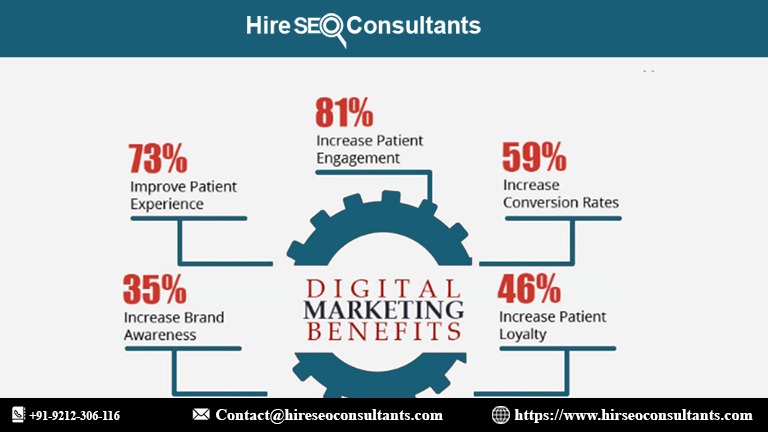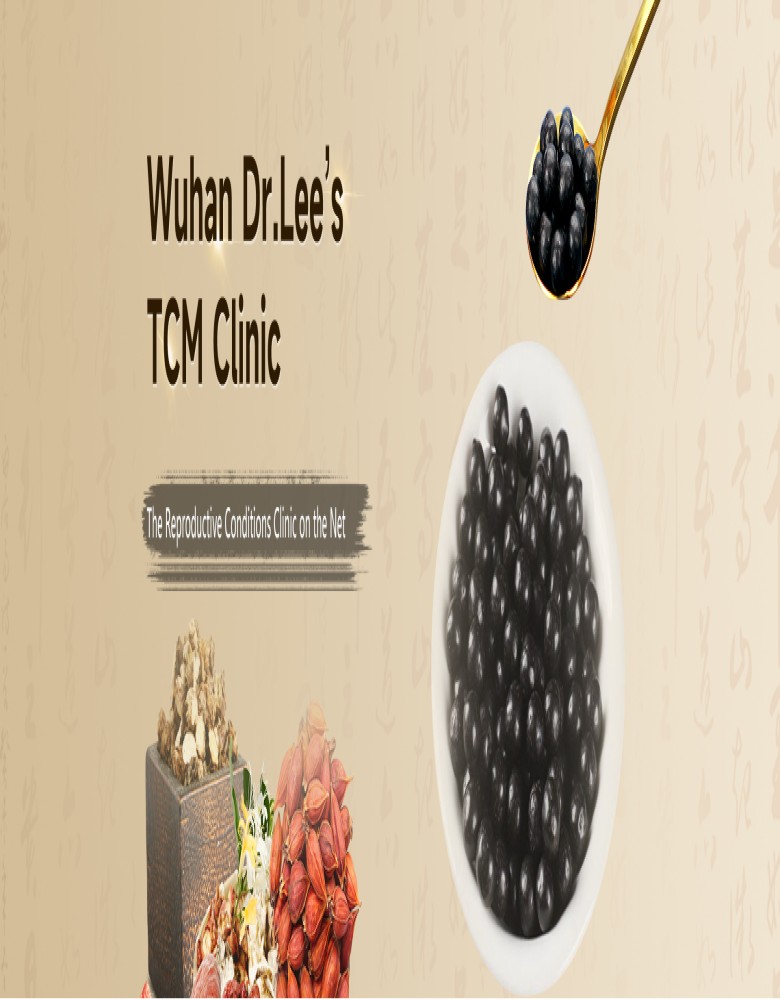How can I use email preheaders to increase click-through rates?
Email preheaders are essential for boosting click-through rates by providing additional context and compelling reasons to open your email. A well-crafted preheader complements the subject line, grabs attention, and entices recipients to engage. Use it strategically to enhance your email’s effectiveness and drive more clicks.

In the crowded inboxes of today’s digital landscape, capturing attention is more challenging than ever. One often overlooked yet powerful tool in email marketing is the email preheader. Understanding and leveraging email preheaders can significantly impact your click-through rates and overall campaign effectiveness. This guide explores strategies to optimize email preheaders to boost engagement and drive better results.
Understanding Email Preheaders
The email preheader, also known as the email preview text or snippet, is the brief line of text that appears next to or below the subject line in most email clients. This text provides recipients with a sneak peek into the content of your email, offering a valuable opportunity to entice them to open and engage with your message.
Why Email Preheaders Matter
The preheader serves as a secondary subject line, and its importance cannot be underestimated. It helps set expectations for the content of the email and can be a deciding factor in whether or not a recipient chooses to open it. In essence, a well-crafted preheader complements the subject line, providing additional context that can significantly increase open rates.
Crafting Compelling Preheaders
Align Preheader Text with Subject Lines
Consistency between your subject line and preheader text is crucial. Ensure that the preheader complements the subject line and provides additional value. For instance, if your subject line is “Unlock Exclusive Discounts Today,” a preheader like “Limited-time offers inside—don’t miss out!” reinforces the urgency and entices the recipient to open the email.
Use the Preheader to Add Value
The preheader is an excellent place to add value or provide a brief summary of what’s inside the email. Use this space to highlight key benefits or incentives, such as special offers, useful content, or important updates. This approach helps recipients understand why your email is worth opening and engaging with.
Create a Sense of Urgency
Incorporating a sense of urgency into your preheader can drive immediate action. Phrases like “Last chance,” “Ending soon,” or “Only a few spots left” create a feeling of urgency that motivates recipients to open the email and take action before it’s too late.
Optimizing Preheaders for Mobile Devices
With a significant number of emails being read on mobile devices, optimizing your preheader for smaller screens is essential. Here’s how you can ensure your preheaders are mobile-friendly:
Keep It Concise
Mobile screens have limited space, so keep your preheader text short and to the point. Aim for 35-50 characters to ensure that your preheader displays correctly on most devices. Avoid cramming too much information into this space; instead, focus on delivering a clear, impactful message.
Test Across Devices
Different email clients and devices display preheaders in varying ways. It’s crucial to test how your preheader appears across multiple devices and email clients to ensure consistency and effectiveness. Use tools like Litmus or Email on Acid to preview your emails on different screens and make necessary adjustments.
A/B Testing Preheaders
A/B testing is a valuable technique for optimizing your email preheaders. By testing different versions of your preheader, you can determine which one resonates best with your audience and drives higher click-through rates. Here’s how to approach A/B testing for preheaders:
Test Different Approaches
Experiment with various styles and messages in your preheaders. Test different tones, such as urgent vs. casual, or focus on different elements, like offers vs. content highlights. Analyzing the results will help you identify which approach performs best and refine your strategy accordingly.
Measure Performance
Track key metrics like open rates and click-through rates to gauge the effectiveness of your preheader variations. Use this data to make informed decisions and continuously improve your email marketing efforts. Pay attention to which preheaders lead to higher engagement and adjust your strategy based on these insights.
Incorporating Personalization in Preheaders
Personalization can enhance the effectiveness of your email preheaders. Here’s how to leverage personalization to boost engagement:
Use Recipient’s Name
Including the recipient’s name in the preheader can make the email feel more personalized and relevant. For example, “John, your exclusive offer awaits” adds a personal touch that can increase the likelihood of the email being opened.
Reference Recent Interactions
If possible, reference recent interactions or behaviors in your preheader. For instance, “Based on your recent purchase, we have a special offer for you” acknowledges the recipient’s previous engagement and provides a relevant incentive.
Avoiding Common Pitfalls
To maximize the effectiveness of your email preheaders, avoid these common pitfalls:
Avoid Overused Phrases
Using clichéd phrases like “Don’t miss out” or “Act now” can come across as spammy and reduce the impact of your preheader. Instead, focus on crafting unique, compelling messages that stand out from the competition.
Ensure Accuracy
Make sure the preheader accurately reflects the content of the email. Misleading preheaders can lead to disappointed recipients and higher unsubscribe rates. Provide a truthful and enticing preview that aligns with the email’s content.
Analyzing and Improving Preheader Performance
Regular analysis of your preheader performance is essential for ongoing optimization. Here’s how to analyze and improve your preheaders:
Review Analytics
Monitor your email marketing analytics to assess the impact of your preheaders on open rates and click-through rates. Look for trends and patterns to identify what works and what doesn’t. Use this information to refine your preheader strategy and enhance overall campaign performance.
Solicit Feedback
Consider soliciting feedback from your audience to gain insights into how your preheaders are perceived. Surveys or direct responses can provide valuable information about what your recipients find appealing or off-putting.
Frequently Asked Questions (FAQ)
Q: How long should an email preheader be?
A: Ideally, an email preheader should be between 35-50 characters to ensure it displays correctly on most devices and email clients. Keeping it concise helps make sure your message is fully visible and impactful.
Q: Can I use special characters in my email preheader?
A: While special characters can add visual interest, use them sparingly. Overusing special characters may make your preheader appear cluttered or unprofessional. Stick to clean and straightforward text for best results.
Q: How often should I test different preheaders?
A: Regular A/B testing is recommended to continuously optimize your email preheaders. Testing different versions periodically helps you stay updated with audience preferences and adjust your strategy accordingly.
Q: What should I avoid in my email preheader?
A: Avoid using misleading or overly promotional language in your preheader. Ensure that the preheader accurately reflects the content of the email to avoid disappointing recipients and increasing unsubscribe rates.
Q: How can I make my preheader stand out?
A: To make your preheader stand out, use compelling language that complements your subject line and adds value. Create a sense of urgency or highlight key benefits to grab the recipient’s attention and encourage them to open the email.
Get in Touch
Website – https://www.webinfomatrix.com
Mobile - +91 9212306116
Whatsapp – https://call.whatsapp.com/voice/9rqVJyqSNMhpdFkKPZGYKj
Skype – shalabh.mishra
Telegram – shalabhmishra
Email - info@webinfomatrix.com
What's Your Reaction?















